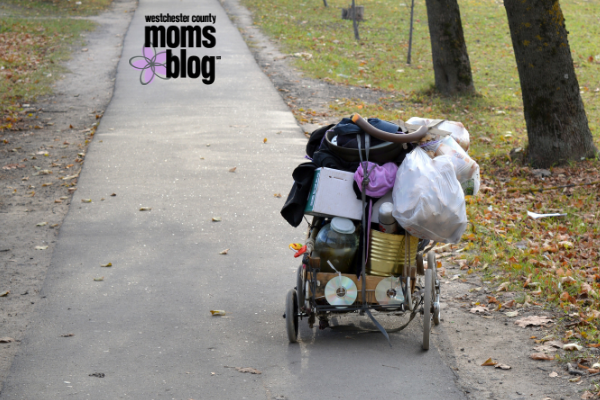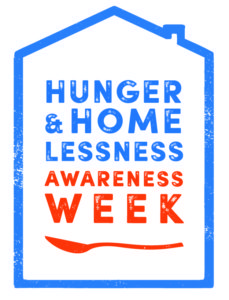 Having a home and enough food is something to be very grateful for. Many people have to worry about access to food and even having a home to live in. The reality is that hunger and homelessness are widespread problems throughout the world.
Having a home and enough food is something to be very grateful for. Many people have to worry about access to food and even having a home to live in. The reality is that hunger and homelessness are widespread problems throughout the world.
In the United States, many people struggle to make ends meet and they are forced to choose between the basic necessities like purchasing food, paying rent or going to the doctor. Current statistics show that:
- 43.1 million Americans live below the poverty level.
- 549,000 Americans are homeless on a typical night.
- 42 million Americans are at risk of suffering from hunger.
- 1 in 5 children in the United States live in poverty.
Worldwide hunger is an even a bigger problem with a tremendous amount of people living in extreme poverty:
- 795 million people (1 in 9 individuals) do not have enough to eat.
- 767 million people live on $1.90 a day or less.
- 6 children die each minute of a hunger-related disease.
- 65.3 million refugees have been driven out of their homes.
Hunger and Homelessness Awareness Week is an opportunity to raise awareness and to take action. As a community we can help find solutions to help those in need. We can also raise awareness of services available to those who need help but may not know that help exists.
Let’s talk about Food Insecurity…
It is important to know that hunger and food insecurity are different concepts. Hunger refers to a personal, physical sensation of discomfort, while food insecurity refers to a lack of available financial resources for enough food to support a healthy life.
- In 2017, an estimated 1 in 8 Americans were food insecure, equating to 40 million Americans including more than 12 million children.
The cycle of food insecurity begins with an individual or a family who cannot afford enough nutritious food. Many people are not able to afford groceries and food at certain times throughout the year and unfortunately, rent and other bills come first when allocating money. The combination of stress and poor nutrition can have a devastating impact on health and well-being.
Households must use coping strategies to meet their food needs. These coping strategies may include receiving help from friends and families or purchasing inexpensive and less healthy food. If a household has limited funds, they will usually choose packaged, more energy dense foods which are less healthful then fresh nutrient dense foods. Consider if you had just $1.90 to purchase food on a given day, would you buy a head of romaine lettuce or a package of Hostess Ho Hos®? Ask yourself, “What would give my family more satiety, having a salad or eating Ho Hos®?” This paradox of less healthful, processed food being more affordable is a substantial factor in the obesity epidemic.
Charitable food and Emergency Feeding Programs are here to help!
Institutions like food banks, food pantries, soup kitchens and other feeding programs exist to help people in times of need. State and Federal monies help support these programs and promote the use of healthful foods that promote health. Although these programs are available to help those in need, there are also things we can do:
- Donate money to charitable programs.
- Volunteer at an emergency feeding program.
- Reduce your own food waste. See my previous post on Reducing Food Waste.
- Donate food and other household items to a local food pantry.
- Educate your children about hunger, homelessness and food insecurity to help them develop compassion and empathy towards others.
Find local foodbank(s) in your area by visiting Feeding America and/or download the Got Food? App.






















